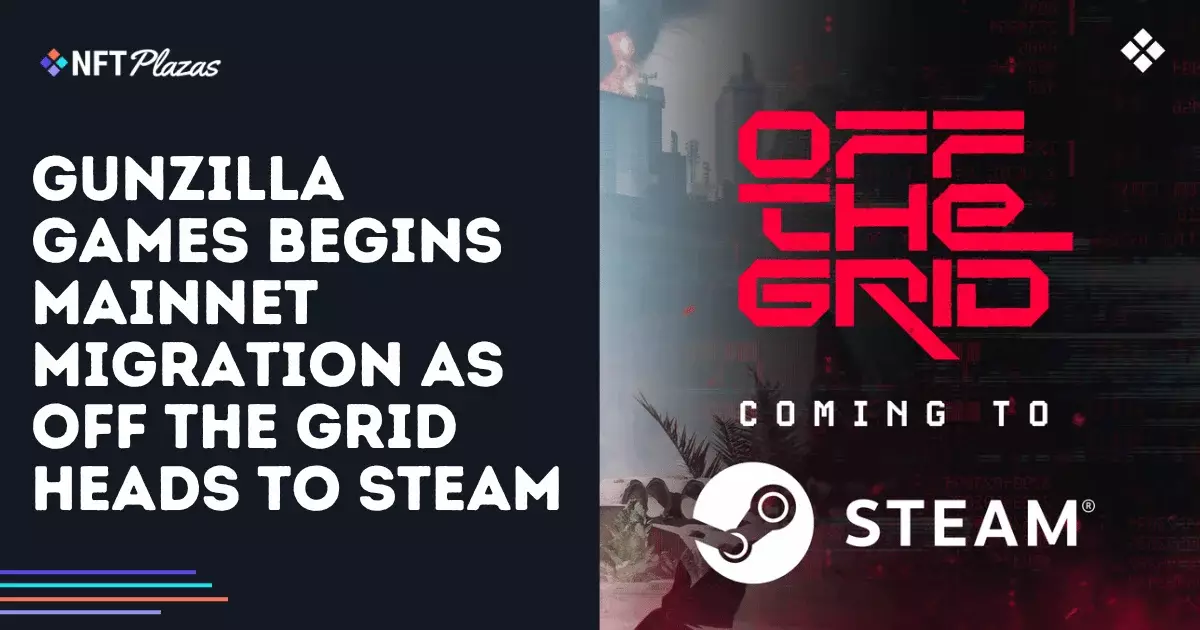In recent years, the gaming industry has been seduced by the allure of blockchain technology, promising players genuine ownership of in-game assets and a revolutionary new economy. Gunzilla Games’ latest updates on their GUNZ ecosystem exemplify this trend, but beneath the surface of ambitious claims lies a sobering reality: much of this blockchain integration remains superficial, manipulated to serve corporate interests rather than empowering players. While they herald their migration to mainnet and advocate “permanent ownership,” the truth is that these developments are often riddled with regulatory ambiguities, platform restrictions, and technical compromises designed more to satisfy investors than to fundamentally transform gaming as we know it.
Tokenization and Its Empty Promises
Gunzilla’s announcement of transferring thousands of players onto their blockchain ecosystem and issuing $GUN tokens presents a veneer of innovation. However, a closer analysis reveals that this token economy is more a calculated move to monetize player activity rather than a genuine step toward decentralization. The reported $12.9 million in trading volume and over 413,000 asset decodings sound impressive but are primarily driven by speculative trading and insider-controlled marketplaces. The majority of these transactions inflate a narrative of liquidity and engagement, yet they mask a lack of meaningful player agency. Token-driven economies in gaming frequently collapse once initial hype wanes, leaving behind players who have invested time and money into a system that benefits a small elite—platform owners and early investors—at the expense of the broader community.
Regulatory Hurdles and Platform Constraints
Gunzilla’s cautious embrace of the testnet for Steam’s platform reveals a fundamental issue: blockchain elements are only partially integrated into the gaming experience to avoid running afoul of platform policies. Steam’s restrictive stance on blockchain content forces developers like Gunzilla to implement a “lite” version, where true on-chain ownership is sidelined in favor of pretend, testnet-based features. Such inconsistencies expose the fragility of the so-called “metaverse.” It becomes painfully evident that major platforms remain wary of fully endorsing blockchain assets, and developers are forced into a limbo where user ownership exists in theory, but is often untransferable or non-transferable outside the platform’s dictates.
Ownership or Illusion of Control?
While Gunzilla touts their migration of players’ assets onto blockchain, the reality is that many of these assets are still confined within controlled environments. Validator NFTs, for example, operate as nodes but still face uncertain scaling and reward mechanisms. The promise that players can “manage” their assets on-chain is often theoretical: regulatory licenses are still in progress, and the actual utility of these assets remains limited by technical and legal barriers. Ownership in these ecosystems tends to be a double-edged sword—players hold assets that are subject to platform rules, potential delistings, or regulatory crackdowns. This risks turning players into speculators rather than empowered owners.
The Reality of Industry Spin and Marketing Hype
Gunzilla’s strategic push seems rooted more in marketing than in delivering real value. Announcements of new gameplay modes, weapon updates, and arenas diversify their appeal; meanwhile, the blockchain narratives serve as shiny gloss. The introduction of weapons like the Cyberlancer, gyro aiming, and balance tweaks are classic game improvements, but bundled simultaneously with promises of decentralization and on-chain assets, they risk muddying the waters. The truth remains: blockchain features are primarily active on consoles, and on PC, they are mere placeholders complying with platform policies. This selective implementation reveals that at best, blockchain is a secondary feature—at worst, a marketing gimmick designed to attract crypto-enthusiasts.
The bold proclamations from Gunzilla and similar studios project an optimistic vision of a future where players are truly owners of their digital assets. Yet, the industry as a whole is still caught in a web of regulatory ambiguities, platform restrictions, and investor-driven narratives that threaten to undermine these lofty promises. Blockchain’s potential in gaming has been exaggerated, often serving corporate ambitions rather than democratizing player control. Until meaningful, true decentralization is prioritized—beyond tokens and superficial on-chain data—it remains an illusion. The industry’s current trajectory suggests that the real winners are the investors and corporate interests, not the gamers. As long as these superficial implementations remain profitable, expect more hollow promises, with genuine player empowerment pushed further into the realm of fantasy.
















Leave a Reply